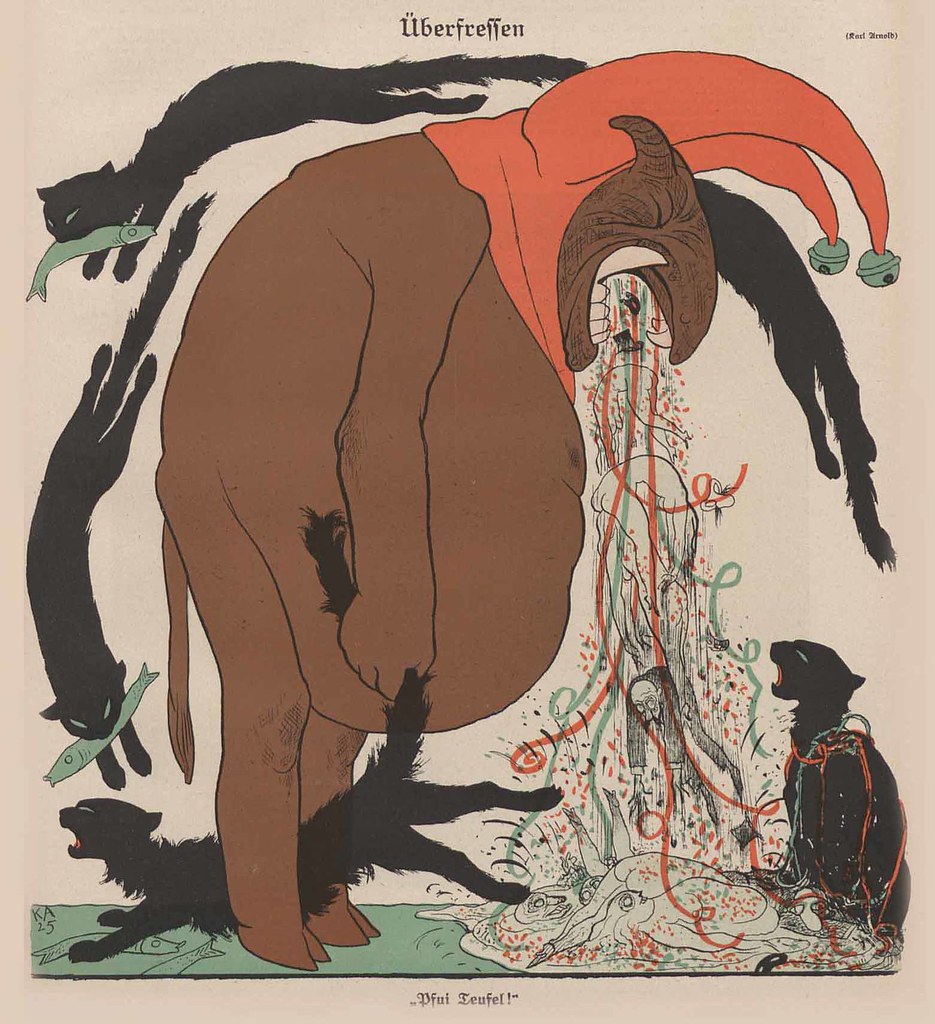 Overeating, 1925
Overeating, 1925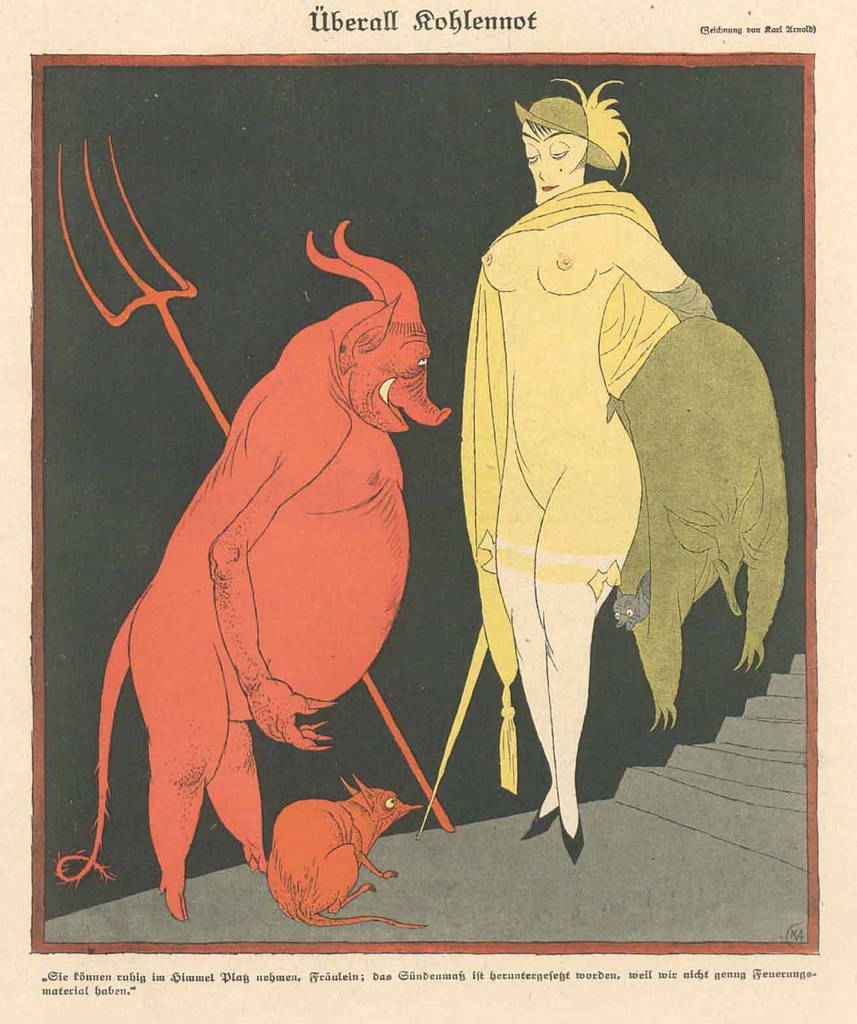 Coal Shortage Everywhere, 1919
Coal Shortage Everywhere, 1919 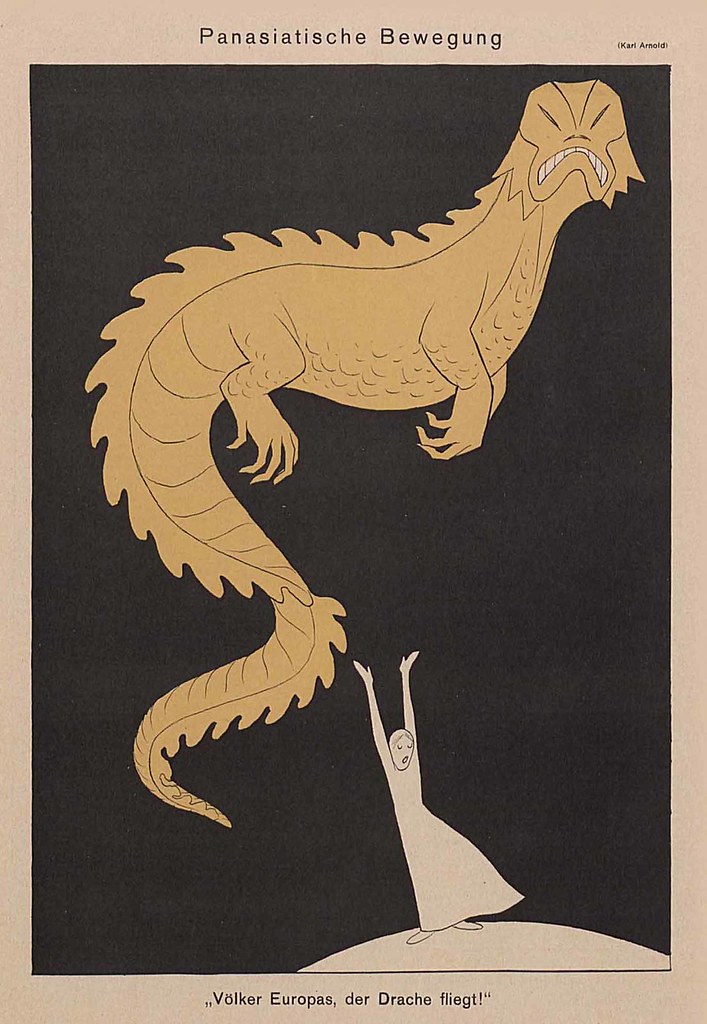 Pan Asian Movement, 1934
Pan Asian Movement, 1934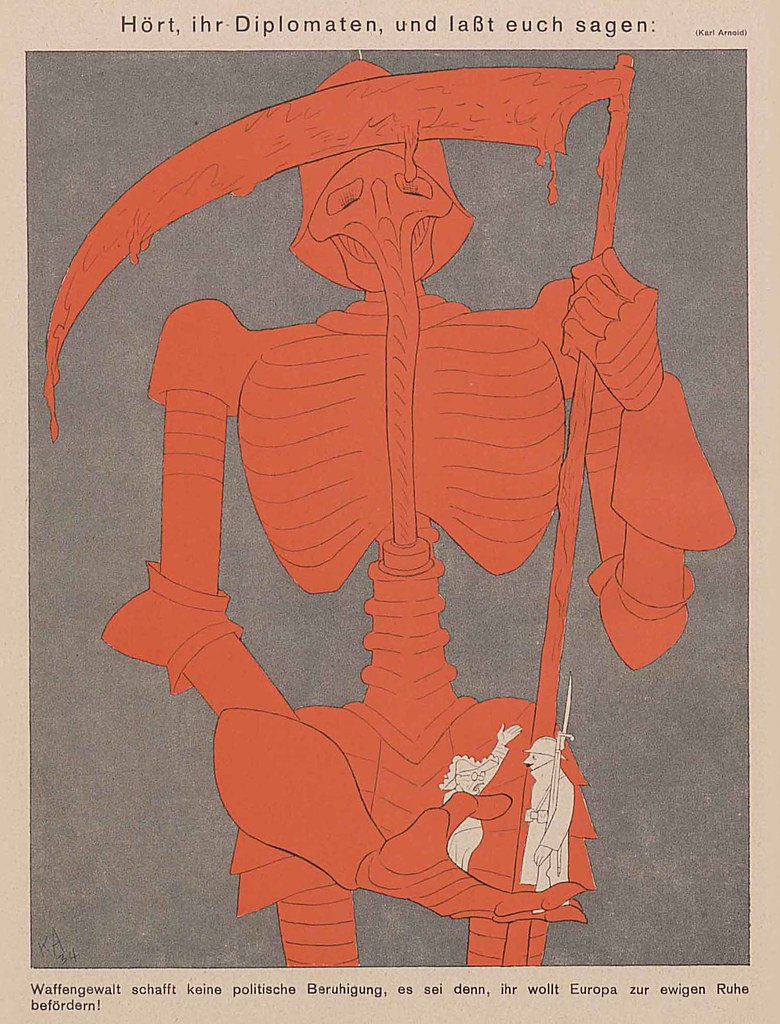 Listen, diplomats , and let me tell you, 1934
Listen, diplomats , and let me tell you, 1934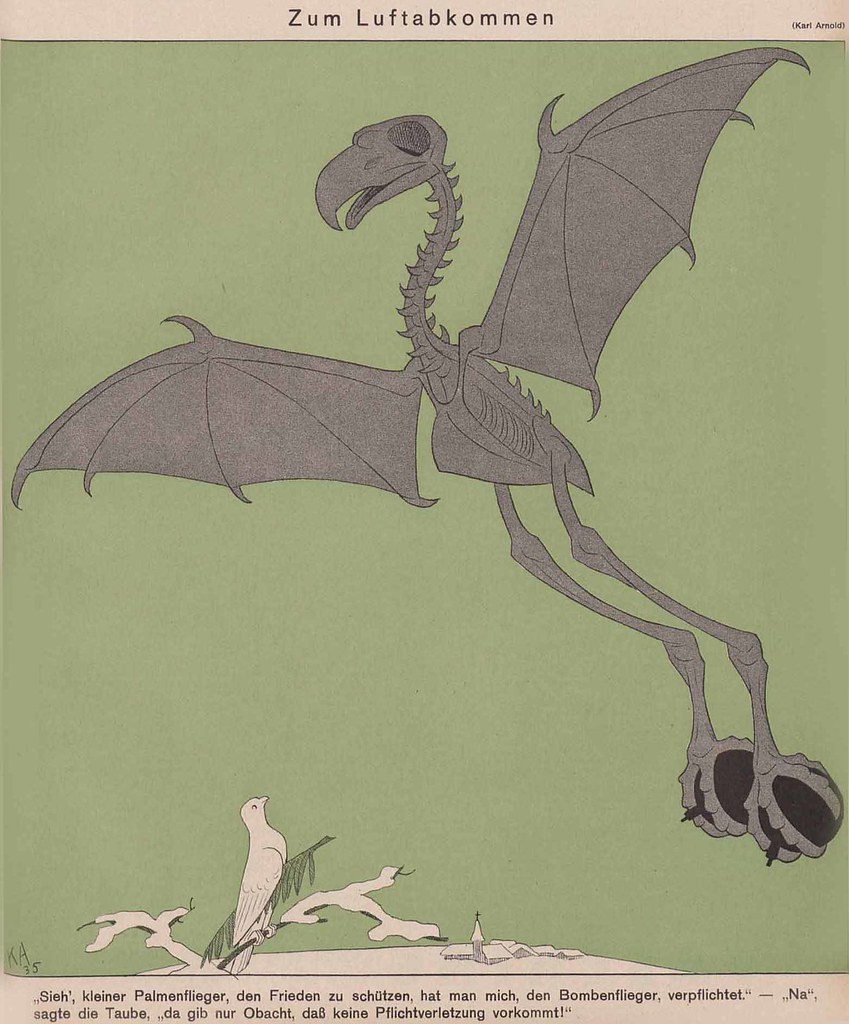 Air Agreement, 1935
Air Agreement, 1935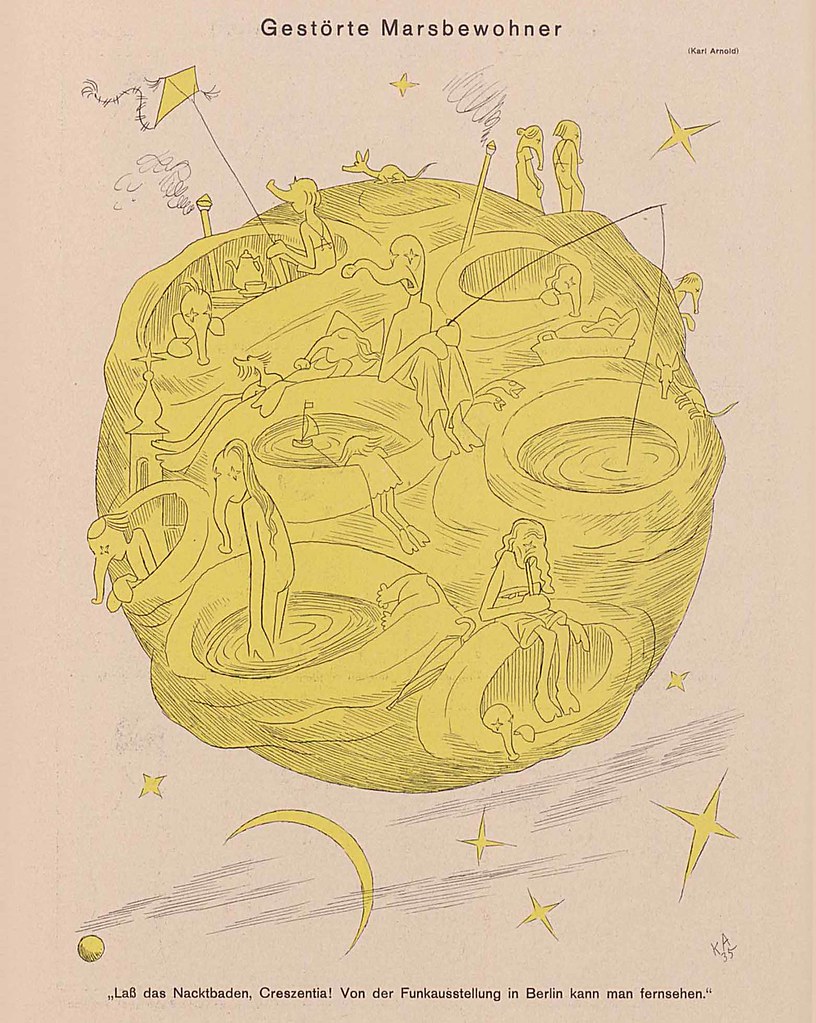 Disturbed Martians, 1936
Disturbed Martians, 1936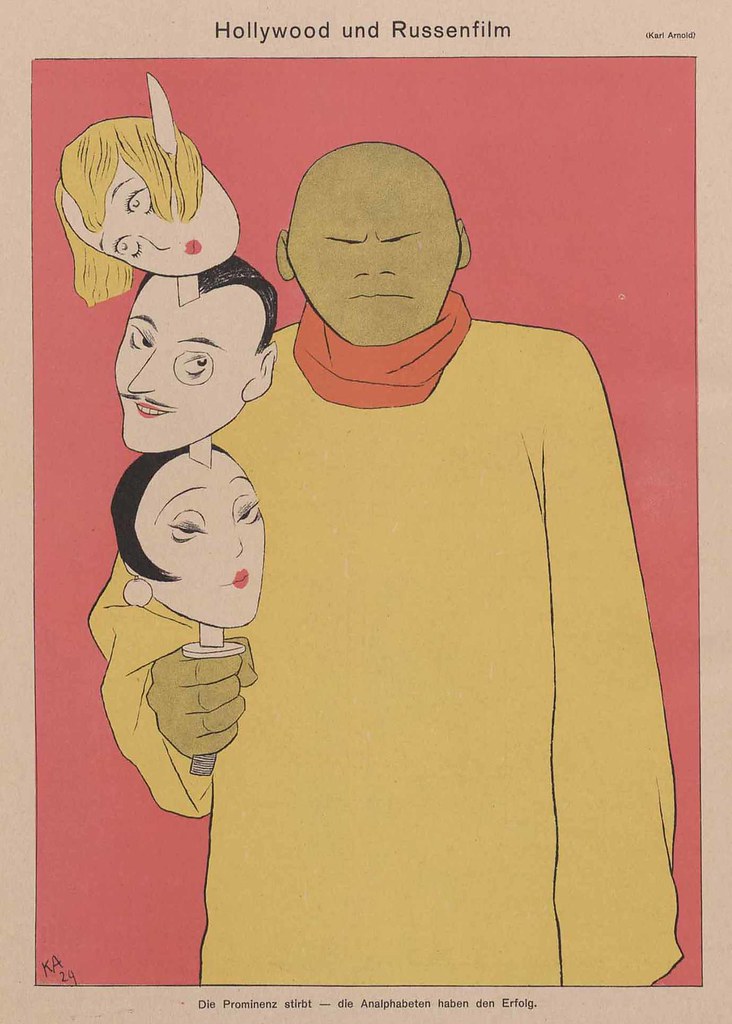 Hollywood and Russian Cinema, 1929
Hollywood and Russian Cinema, 1929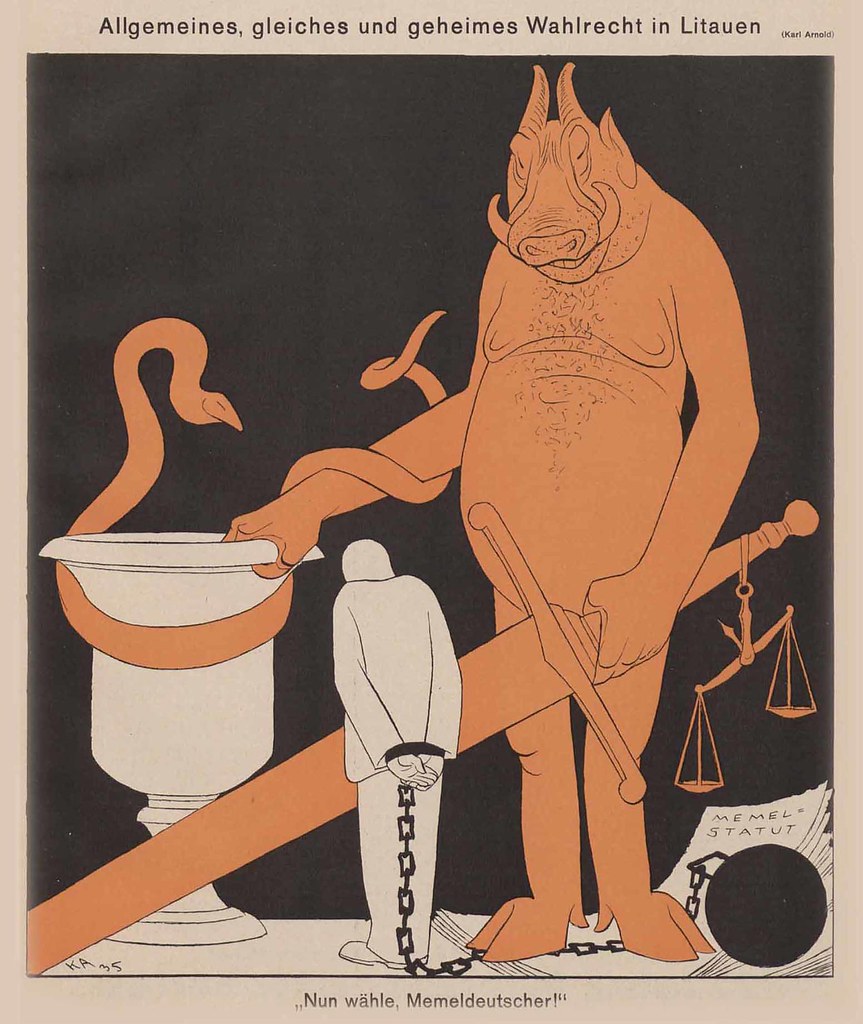 Universal, Equal and Secret Suffrage in Lithuania, 1936
Universal, Equal and Secret Suffrage in Lithuania, 1936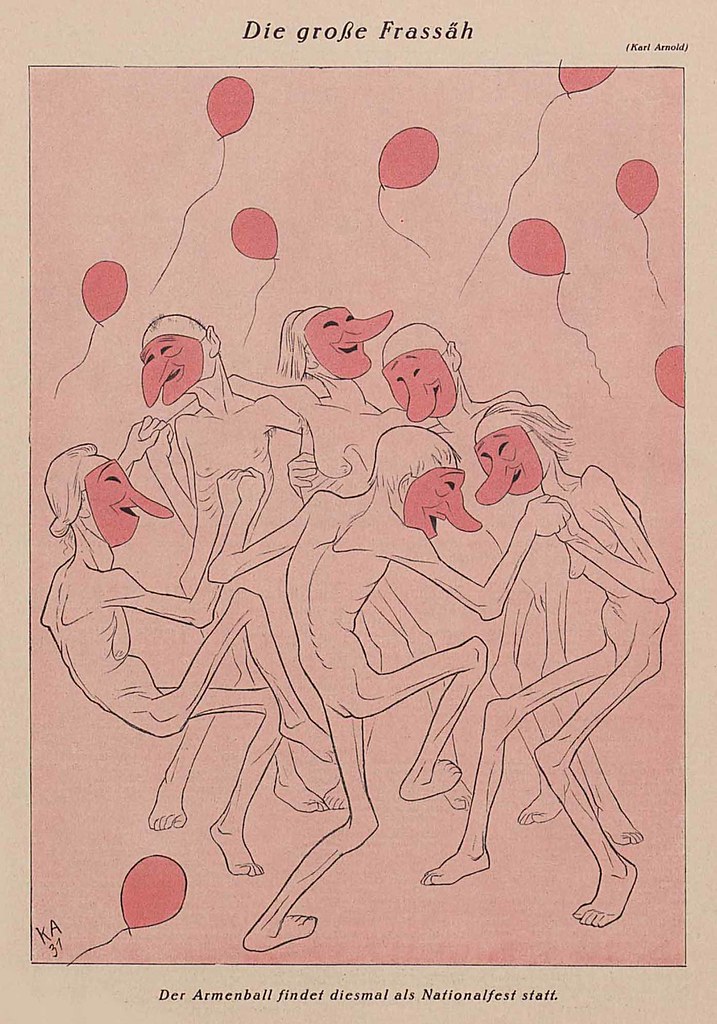 The Large Frassah, 1931
The Large Frassah, 1931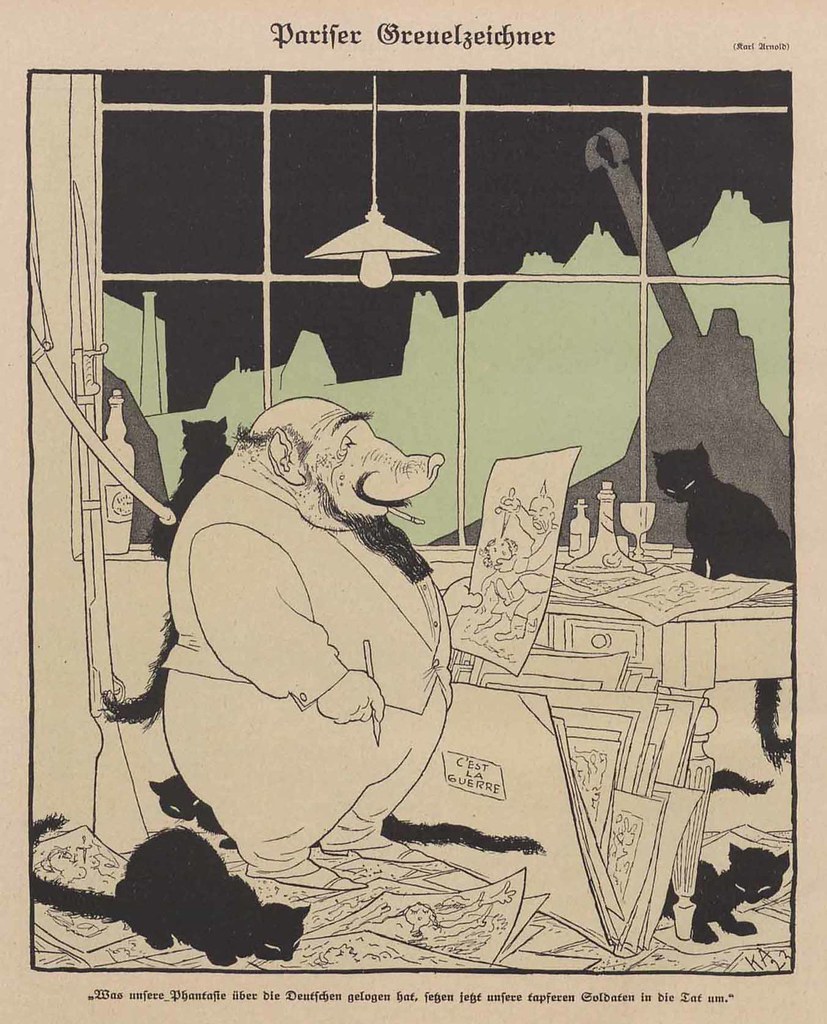 Pariser Greuelzeichner, 1923
Pariser Greuelzeichner, 1923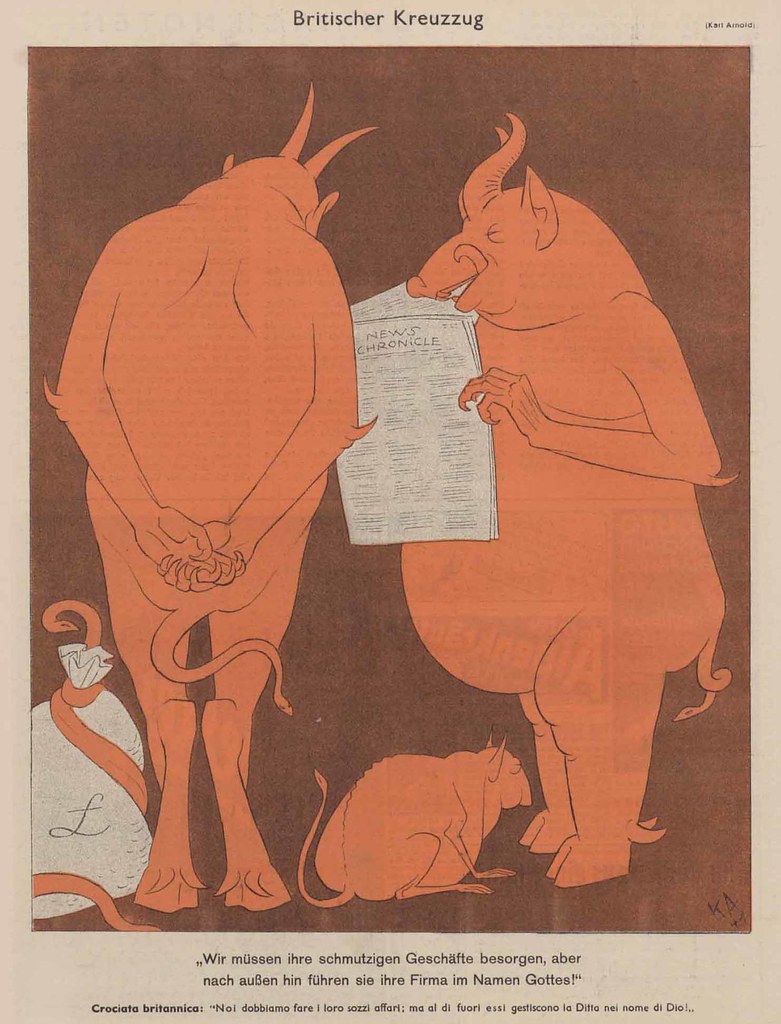 British Crusade, 1941
British Crusade, 1941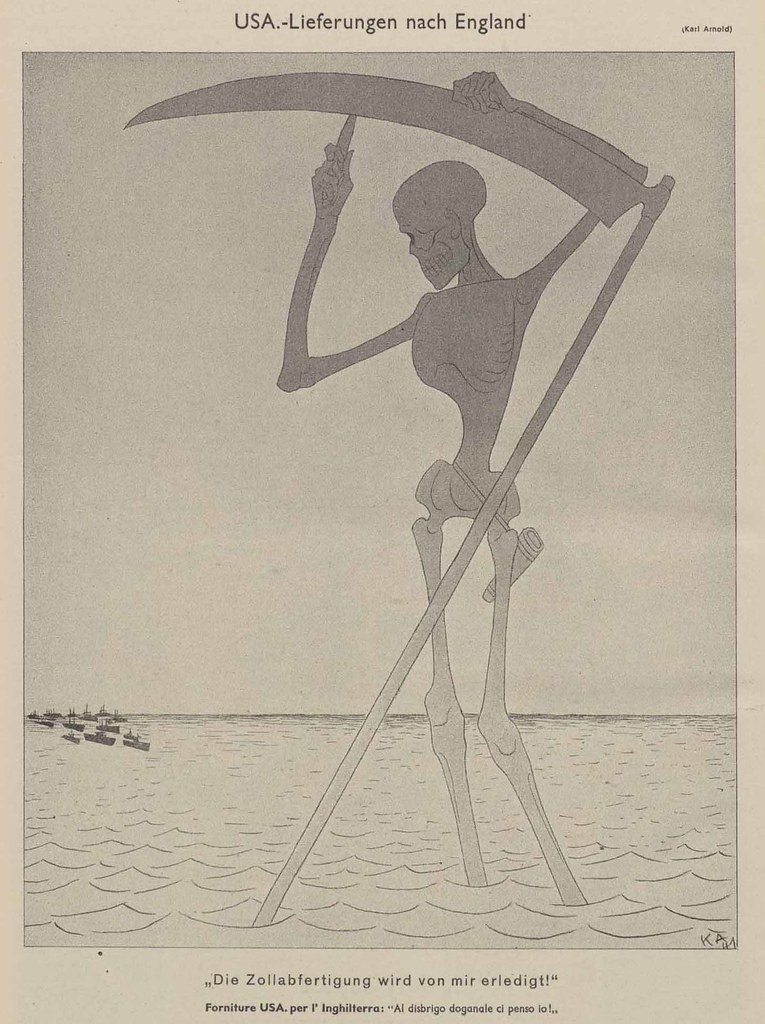 USA. Supplies To England, 1941
USA. Supplies To England, 1941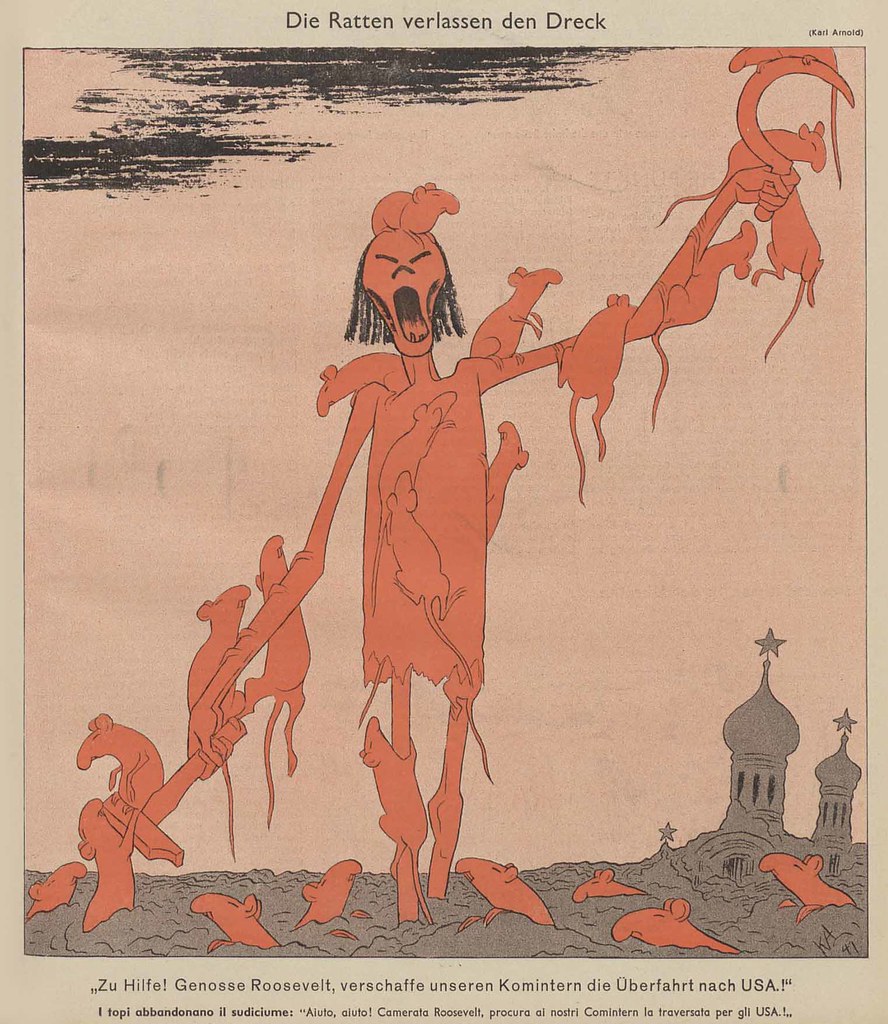 The Rats Are Leaving The Dirt, 1941
The Rats Are Leaving The Dirt, 1941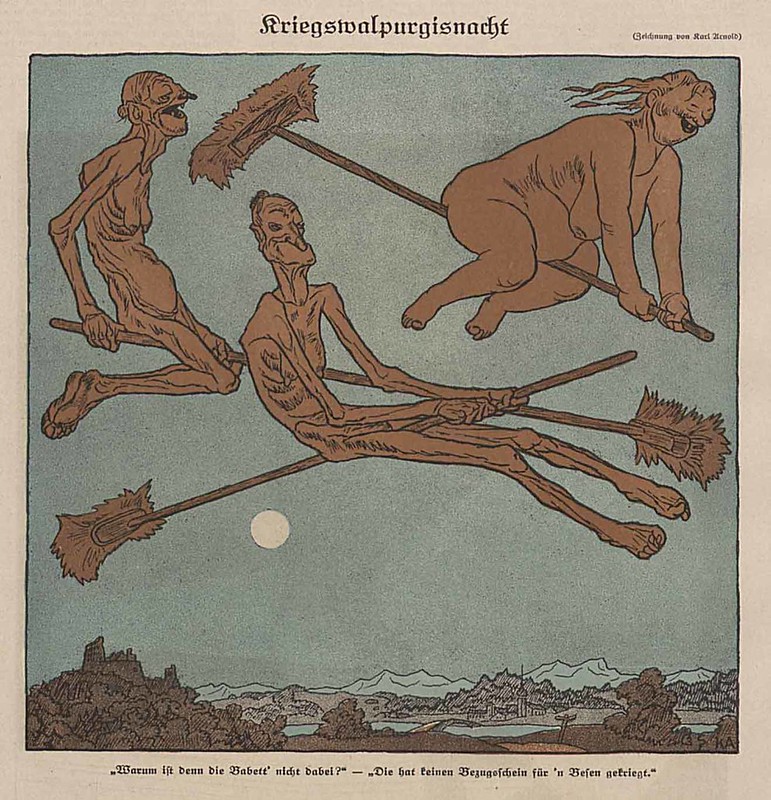 War Walpurgisnacht, 1918
War Walpurgisnacht, 1918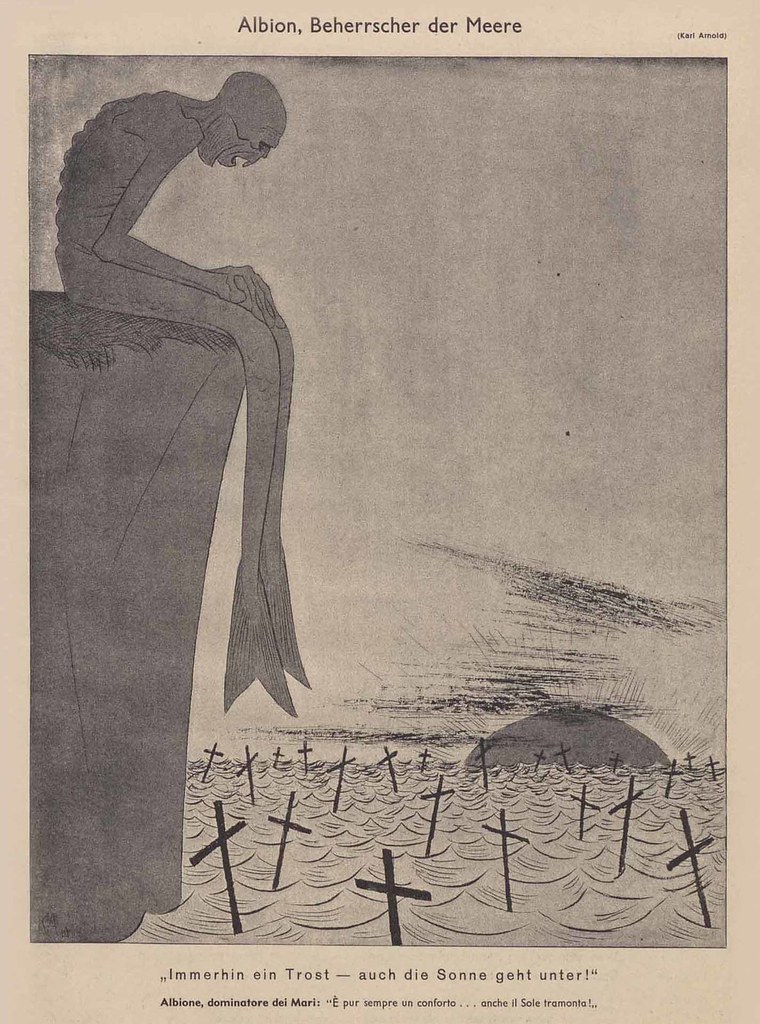 Albion , Ruler of the Seas, 1940
Albion , Ruler of the Seas, 1940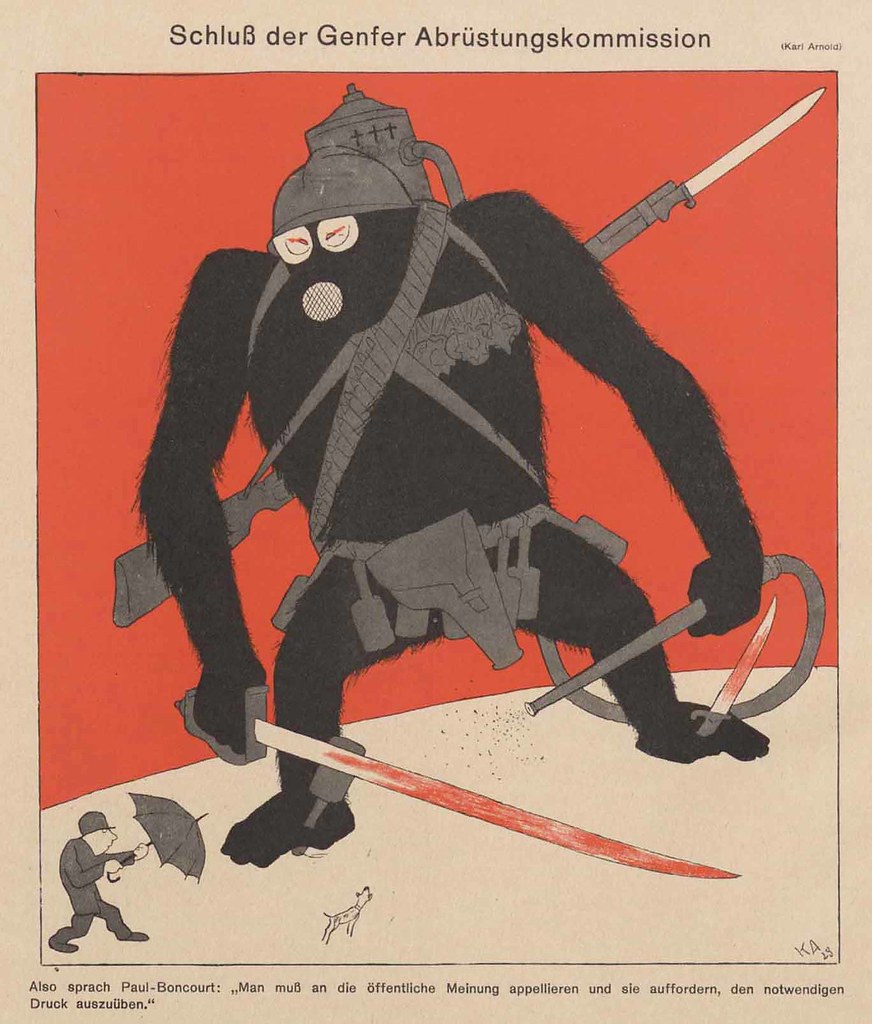 Conclusion of the Geneva Disarmament Commission, 1928
Conclusion of the Geneva Disarmament Commission, 1928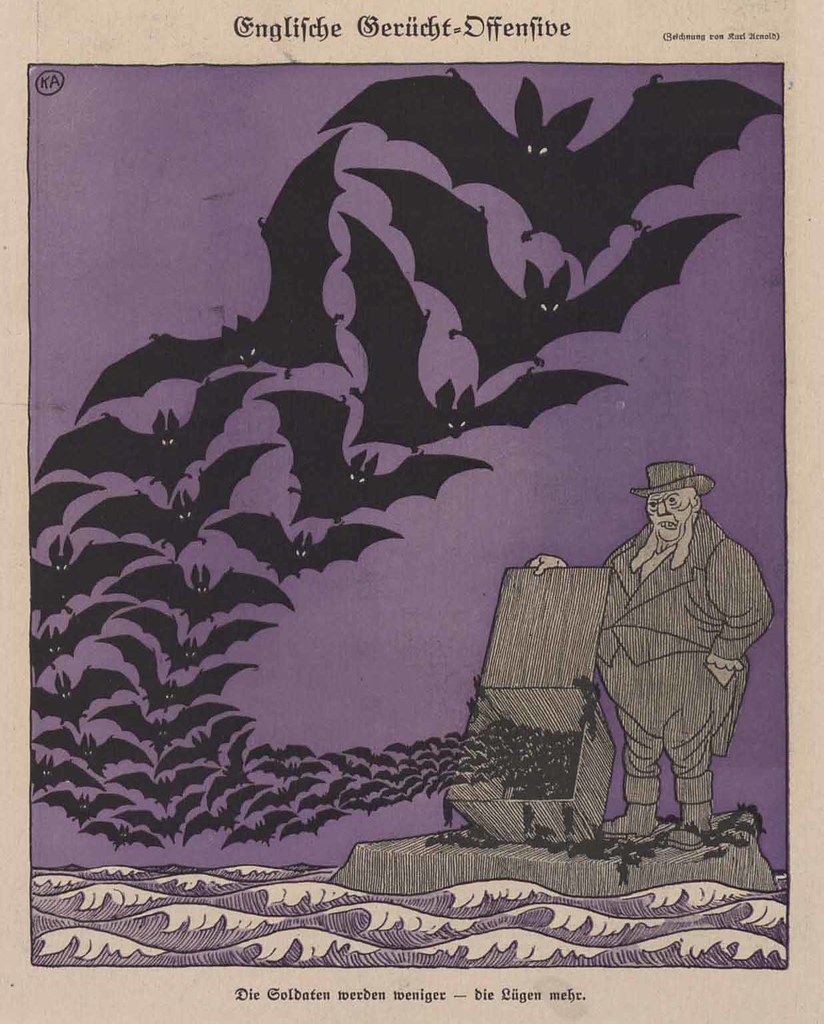 English Rumor Offensive, 1918
English Rumor Offensive, 1918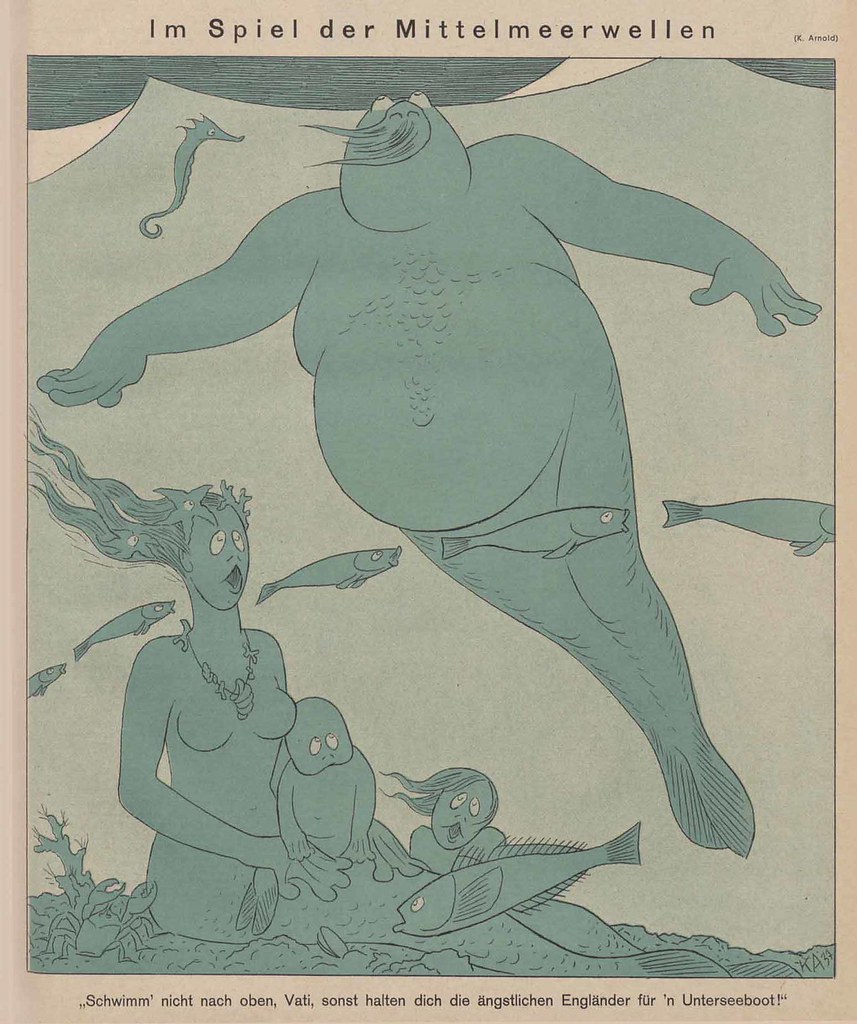 Playing In The Mediterranean Waves, 1937
Playing In The Mediterranean Waves, 1937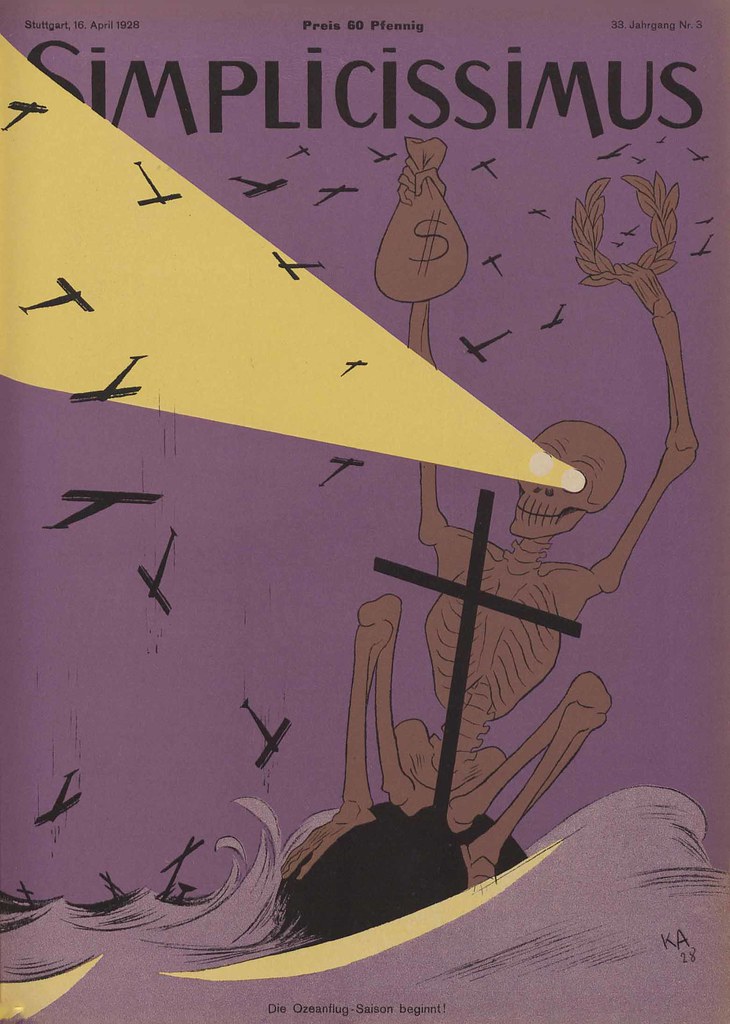 The Ozeanflug season begins!, 1928
The Ozeanflug season begins!, 1928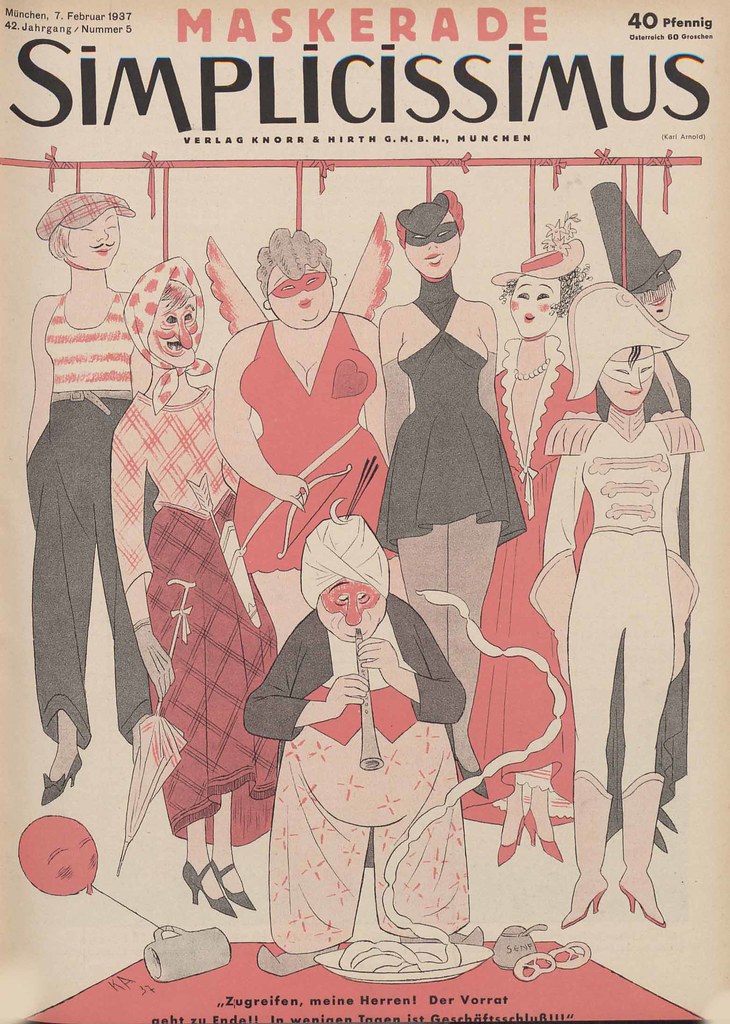 Maskerade, 1937
Maskerade, 1937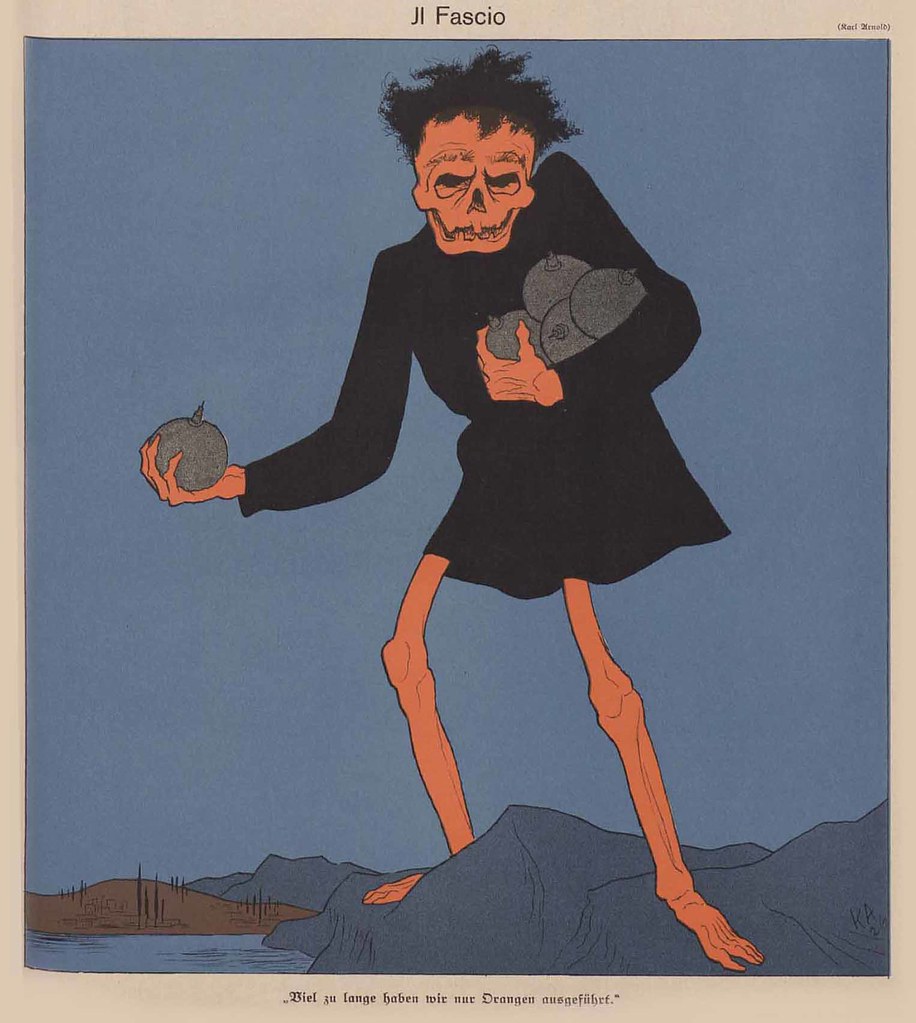 Il Fascio, 1926
Il Fascio, 1926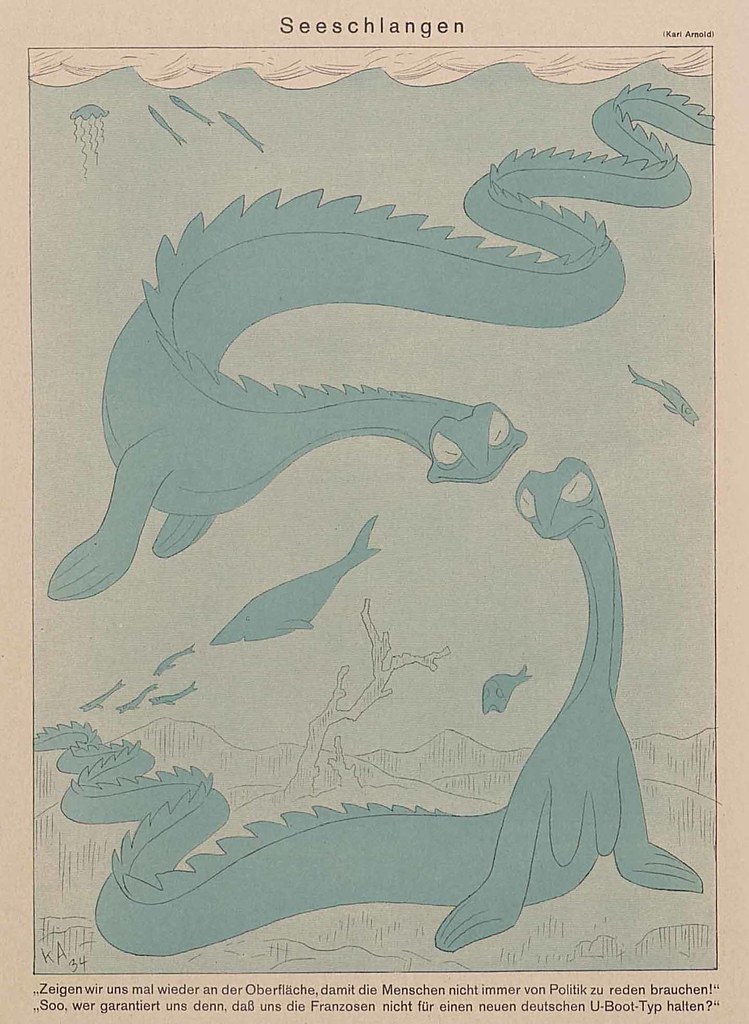 Sea Snakes, 1934
Sea Snakes, 1934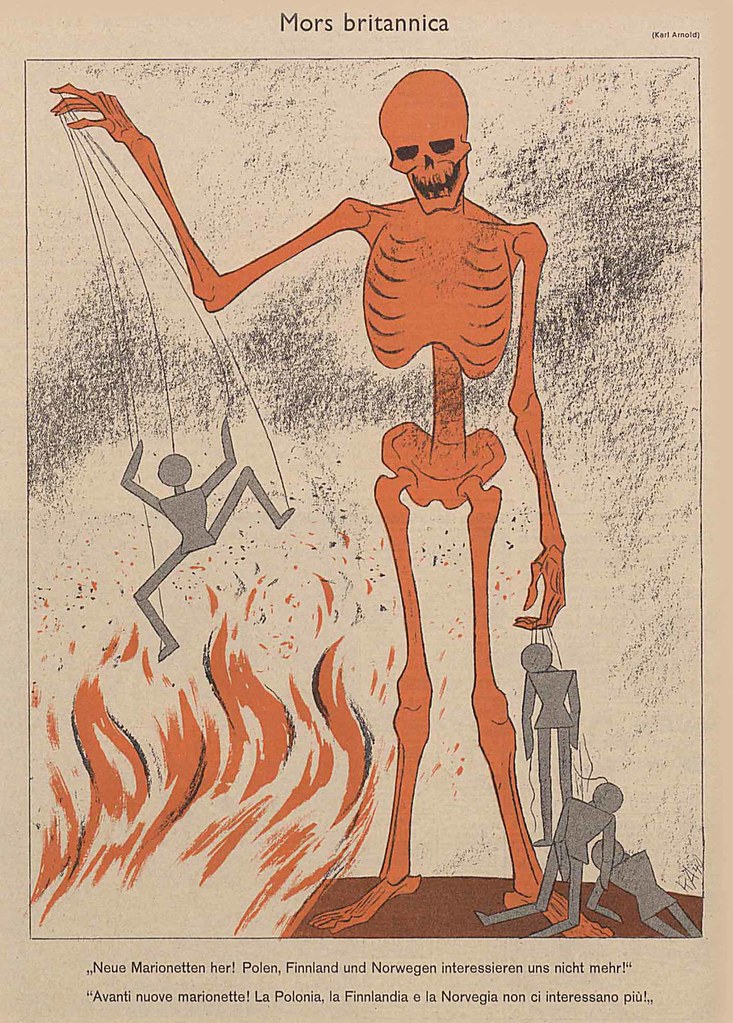 Mors britannica, 1940
Mors britannica, 1940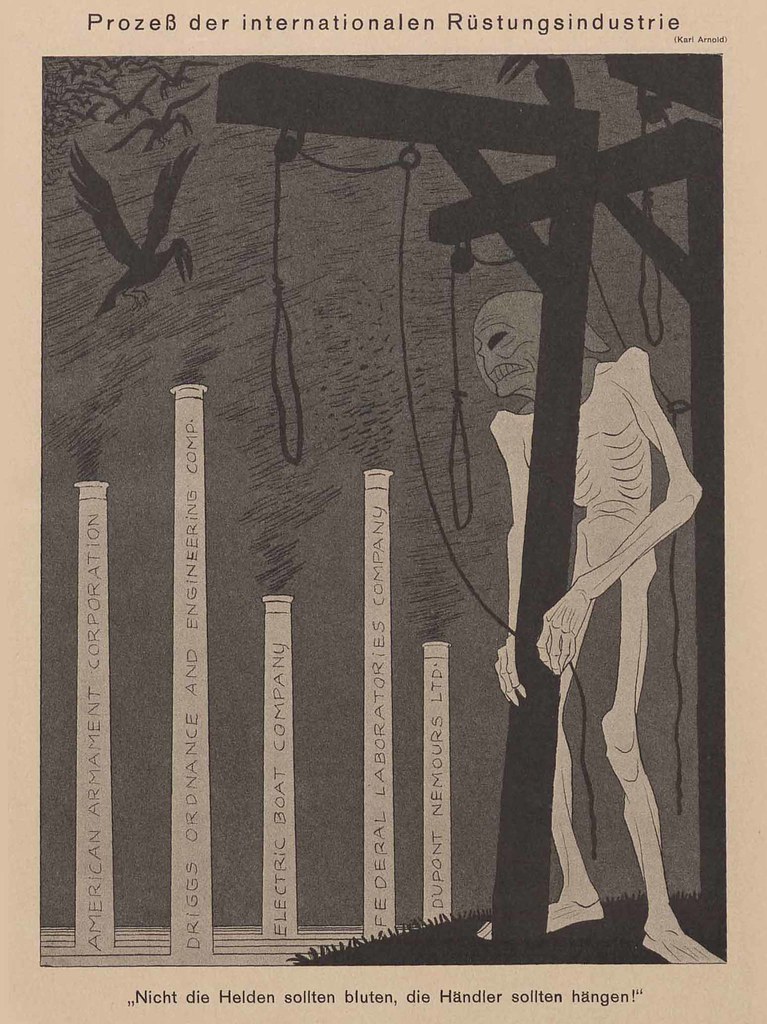 Process Of international Arms Industry, 1934
Process Of international Arms Industry, 1934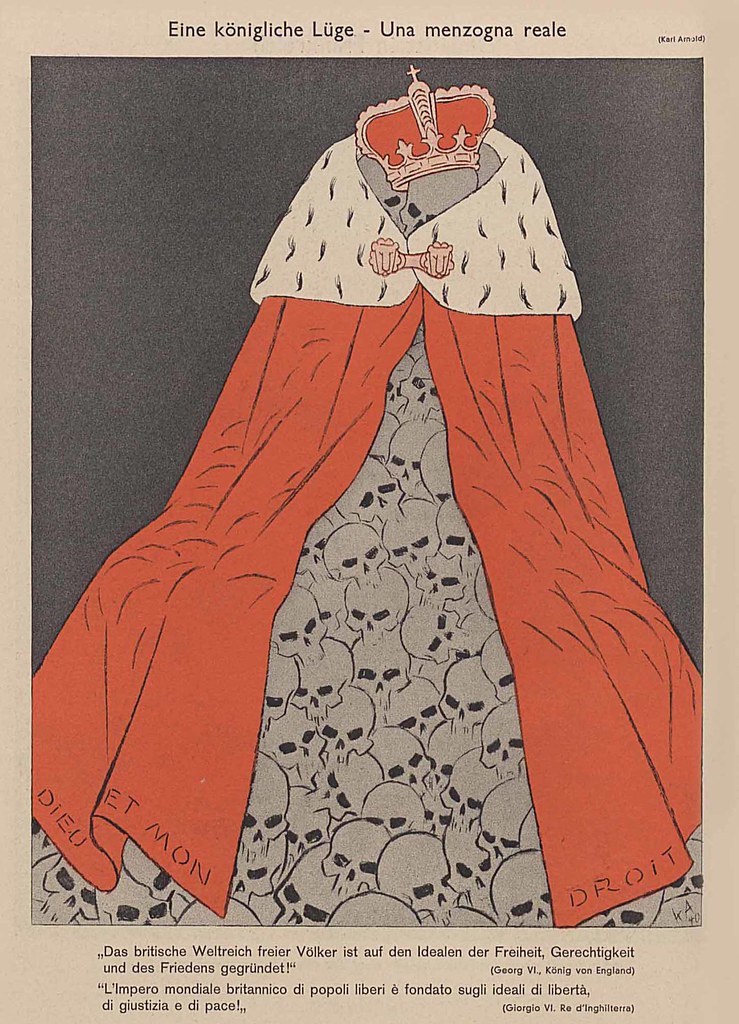 A Royal Lie, 1940
A Royal Lie, 1940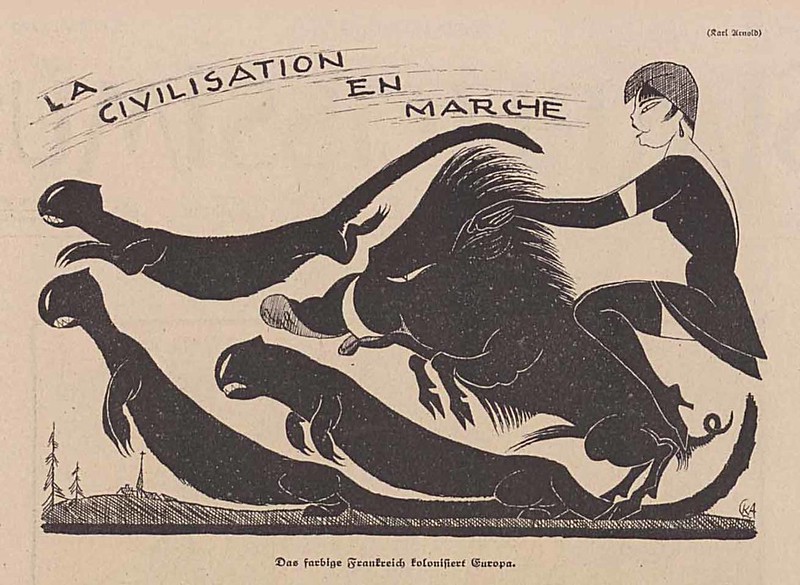 La civilisation en marche, 1920
La civilisation en marche, 1920"Karl Arnold was trained as a painter. His first cartoons appeared in German magazines such as Die Jugend and Die Illustrierte Presse. In 1907 he started contributing to Simplicissimus. He soon became a staff artist and a shareholder in the magazine. The magazine gave its full support to the World War I effort and the magazine led the campaign against the Versailles Treaty.
Arnold didn't only produce cartoons and illustrations, but also some comics. Fully opposed against Adolf Hitler, many of the German artists of the time portrayed Hitler as dangerous. Arnold however just made him look silly.
When the Nazis gained power in 1933 stormtroopers arrived at the offices of Simplicissimus and some of the cartoonists, such as Thomas Heine and Walter Trier left the country but Arnold carried on working at the magazine and during the second World War produced pro-Hitler cartoons. After the war he emigrated to the United States where he lived until his death in 1953." - quote source
All of Karl Arnold's artworks published in Simplicissimus can be found here.

No comments:
Post a Comment